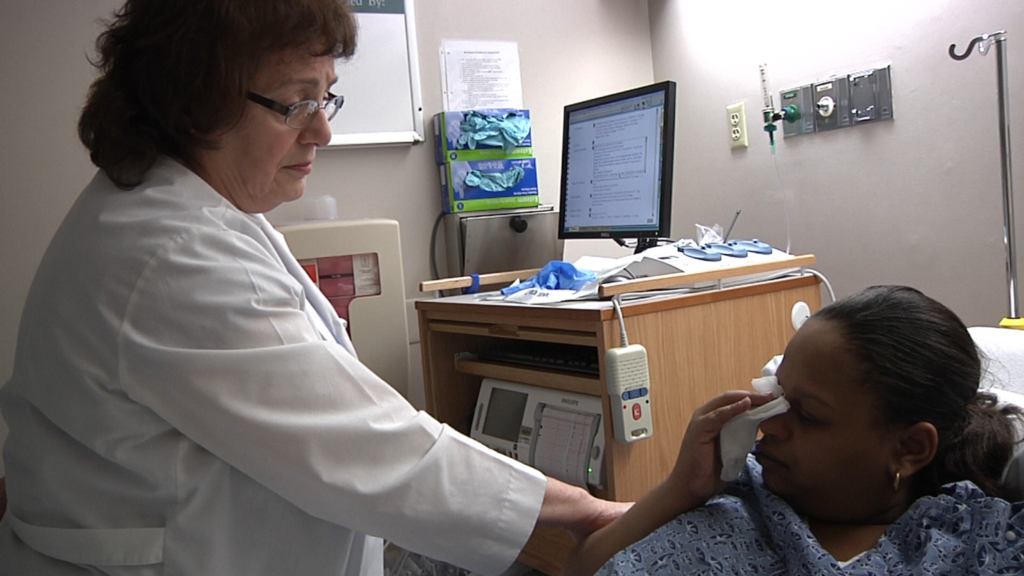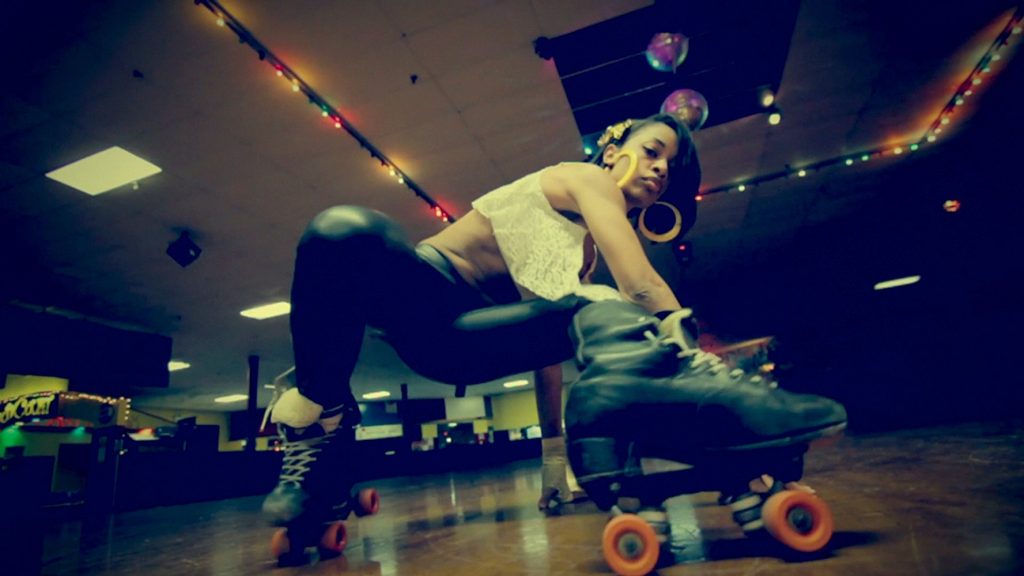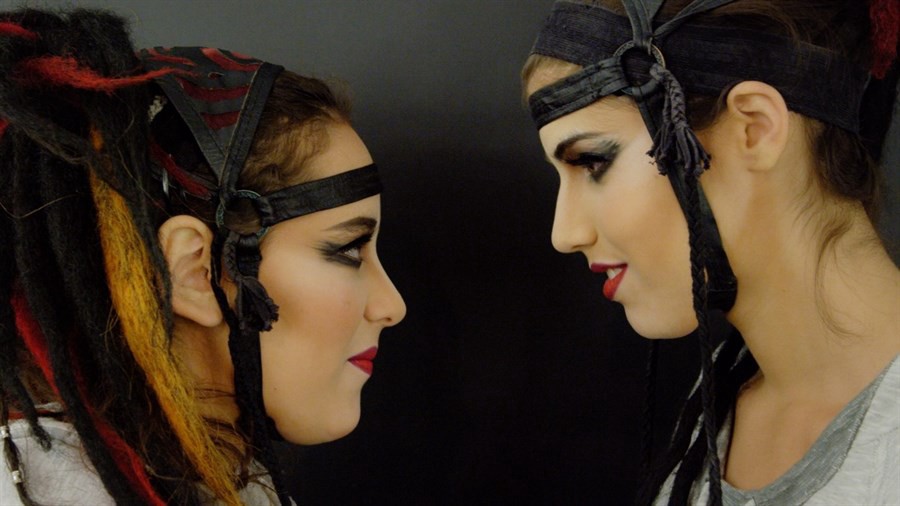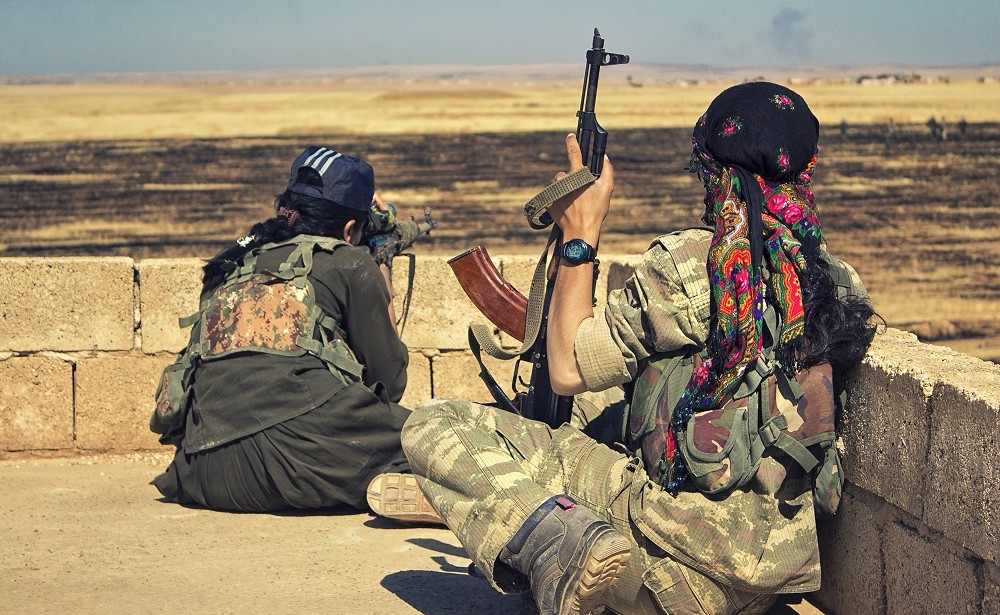After having my
first child, I always got a lump in my throat when noting that my son was born
via cesarean birth. Whether rational or irrational, I felt a sense of failure that my body couldn’t do what it was designed to do. As I began to share my
guilt with other parents, I recognized that I was not alone in how I felt. When
I became pregnant with my daughter three years later, I knew I wanted to avoid
another cesarean, and my friends encouraged me to meet with a midwife who worked
at a local hospital.
Whenever I
mentioned that I was seeing a midwife, whomever I was talking to grew silent.
“Oh, I’m not sure I could do a homebirth,” they’d all say. Again and again, I
had to repeat that I was going to birth in a hospital and that I saw midwives
in a hospital. What I discovered throughout the process leading up to my
daughter’s birth not only changed my story, but also made me realize how many
stereotypes the American public has about midwives. As a documentary filmmaker, an idea began to
germinate. There was a story here that hadn’t been told yet.
Fast forward about
nine months to ten minutes after giving birth to my daughter. The adrenaline of the experience still pumping through my
blood, I blurted out to my midwife that I simply had to make a documentary
about midwives working in the hospital system. My midwife was still delivering my placenta
and answered without a pause, “Sounds great.” My husband later asked how I could possibly
be thinking about work at a time like that. But only jokingly, because he knows me all too well. Filmmakers are often
focused on the next story, the next moment to promote social good through
media.
Americans lack
healthy images of women laboring and birth. As c-sections have risen in America over the past two decades to over 30%, so have their
depictions on television. The recently transitioned-to-Hulu “Mindy Project,” which I love by the way, portrays midwives as
hippies and OBGYNs as surgical gurus. As for pregnant women themselves, when they aren’t being wheeled in for
emergency c-sections, their water breaks dramatically, creating a tsunami on the floor, which in reality is quite rare in
comparison to the more typical slow dribble.
If these are the first images of labor young girls and boys see on
television, how much are they internalizing and how much are those images of
fear influencing their expectations around their own children’s births later in
life? Furthermore, the normalization of
the depiction of c-sections can overlook the real risks involved in the surgical procedure,
such as infection, slow recovery or worse. On a positive note, one hit show, such
as PBS’s “Call the Midwife,” has done wonders to bring midwives back into the popular
conversation. The period show depicts
women working in East London in the ’50s. The midwives are well-developed characters devoted to providing
optimal care to the women they serve.
I became a
filmmaker so that I could tell stories that address issues of identity and social
change. At first, trying to find hospitals to participate in the film was
daunting, but underscored the importance of developing outreach and
partners. I talked to birth educators
across the country to find out what stories they felt were critical to be
told. I also consulted with the American
College of Nurse-Midwives, who introduced me to some of the top midwifery models
in the country. Through this early outreach
work, I was able to secure permissions to feature four very different midwifery
models in the film I eventually made on this subject, “The Mama Sherpas.”
What I discovered
in filming at these different locations is that midwives take care of a diverse
group of women. In Springfield,
Massachusetts, midwives care for recently relocated refugee groups and women of
all incomes. In Davis, California
midwives care for women regardless of their documentation status. Midwives serve populations of all social status and
backgrounds. They aren’t just taking
care of middle-class women like myself, which was encouraging, not to mention downright
inspiring.
Women are powerful, and giving birth is one of the biggest examples of how mighty our bodies and
willpower are. Even early on, when we were test-screening the movie
with students, moms and friends, men and women alike cheered by
the end of the film when an amazing mama gives birth to her second child after a cesarean. “The Mama Sherpas” features seven different births, including water birth,
breech birth (bottom first), vaginal birth after cesarean, cesarean, even a birth that was touch-and-go. Capturing
such intimate footage required great mutual trust, as well as an observational
shooting approach that was unobtrusive. The documentary shows the actual births
to varying degrees, which is important because, when normalizing images around
birth, you have to see it to believe, even the baby girl’s bum during the
breech birth. It’s all there, it’s all
beautiful and it’s all a normal part of each woman and family’s stories.







